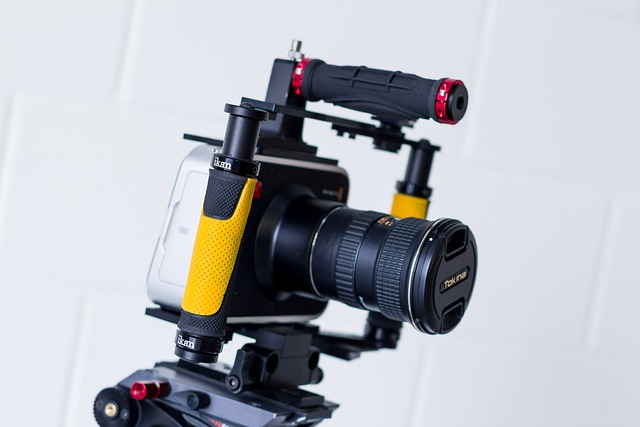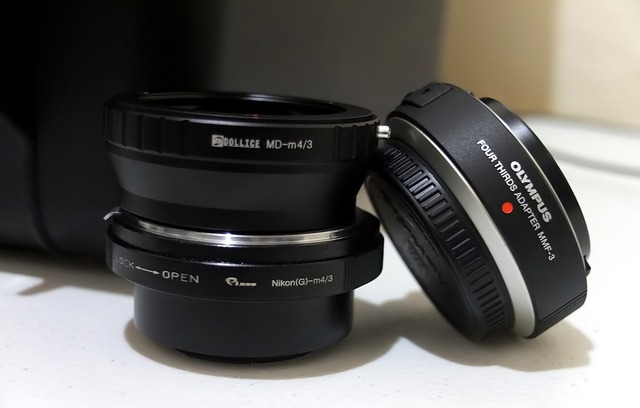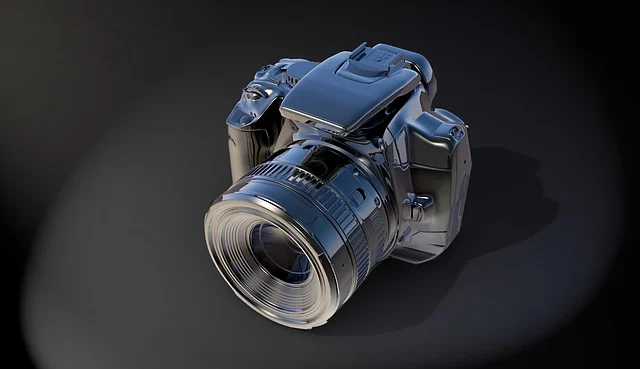Introduction
In today’s world of sleek smartphones and advanced DSLRs, the humble point-and-shoot camera might seem like a relic of the past. Yet, these compact wonders still hold a unique allure and offer several advantages that modern gadgets can’t match. Let’s delve into the realm of vintage photography and explore the benefits of old point-and-shoot cameras.
Table of contents
1. Simplicity and Ease of Use
One of the foremost benefits of old point-and-shoot cameras is their simplicity. Designed with the casual photographer in mind, these cameras offer intuitive controls and minimal settings. With no complicated menus to navigate or intricate settings to adjust, capturing a moment becomes a breeze. Just point, shoot, and let the camera do the rest. This simplicity makes them perfect companions for beginners and enthusiasts alike, allowing them to focus on the joy of photography without getting bogged down by technicalities.

2. Compact and Portable
Unlike their bulkier counterparts, old point-and-shoot cameras are small, lightweight, and highly portable. Slip one into your pocket or bag, and you’re ready to seize photographic opportunities wherever you go. Their compact size makes them ideal for travel, street photography, and spontaneous snapshots. Whether you’re exploring bustling city streets or venturing into the great outdoors, these cameras are always ready to capture the moment without weighing you down.
3. Nostalgic Charm
There’s a certain nostalgic charm associated with old point-and-shoot cameras that modern devices simply can’t replicate. From the distinct sound of the shutter clicking to the feel of the film winding, using one of these cameras evokes a sense of nostalgia for simpler times. Each photograph carries a unique aesthetic, reminiscent of bygone eras when film reigned supreme. In an age dominated by digital imagery, embracing the analog appeal of old point-and-shoot cameras adds a touch of magic to your photographic journey.
4. Film Photography Experience
For many photography enthusiasts, shooting with film is more than just a medium—it’s an experience. Old point-and-shoot cameras offer a gateway into the captivating world of film photography, where every frame is precious and the anticipation of seeing your images develops over time. From loading the film to waiting for prints to emerge, each step of the process becomes a ritual to savor. The limited number of exposures encourages mindfulness and deliberation, resulting in photographs imbued with a sense of intentionality and authenticity.
5. Unique Image Character
In a world saturated with digital perfection, the inherent quirks and imperfections of film photography stand out. Old point-and-shoot cameras have their own distinct characteristics that shape the final image—whether it’s the softness of a plastic lens, the subtle igniting at the edges, or the unpredictable light leaks that add a touch of serendipity to your photos. These imperfections lend a unique charm and personality to each photograph, transforming ordinary moments into timeless memories.

Image Sensor:
At the heart of every digital camera lies the image sensor, which converts light into digital signals.
Two primary types of image sensors dominate the market: CCD (Charge-Coupled Device) and CMOS (Complementary Metal-Oxide Semiconductor). CMOS sensors have become more prevalent due to their lower power consumption and faster readout speeds.
The size and quality of the image sensor greatly influence image resolution, low-light performance, and dynamic range.
Viewfinder and Display:
Digital cameras offer different methods for composing shots, including optical viewfinders, electronic viewfinders (EVFs), and LCD screens.
EVFs simulate the optical viewfinder experience by displaying a digital preview of the scene, overlaying exposure information and focus indicators.
LCD screens provide live previews, playback functionality, and menu navigation, offering a versatile shooting experience.
Autofocus System:
Autofocus systems utilize contrast detection, phase detection, or hybrid methods to quickly and accurately focus on subjects.
Advanced autofocus algorithms track moving subjects, detect faces and eyes, and adapt to various shooting conditions.
Continuous advancements in autofocus technology enhance focusing speed, accuracy, and performance in challenging environments.
Connectivity Features:
Modern digital cameras incorporate connectivity options such as Wi-Fi, Bluetooth, and NFC (Near Field Communication).
These features enable wireless image transfer to smartphones, tablets, or computers, facilitating instant sharing on social media and remote camera control.
Some cameras also support GPS (Global Positioning System) for geotagging photos, adding location data to image metadata.
Body Design and Ergonomics:
The physical design of a digital camera influences its handling, durability, and user experience.
Factors like grip comfort, button layout, and weather sealing contribute to ergonomics and usability, especially during extended shooting sessions.
Manufacturers often cater to specific user preferences by offering a range of body sizes, materials, and customization options.
Battery and Power Management:
Digital cameras rely on rechargeable batteries to power their operations, with battery life varying based on usage patterns and camera settings.
Efficient power management systems optimize battery performance, offering extended shooting sessions and minimizing downtime.
Some cameras support external power sources or battery grips for enhanced flexibility and extended shooting durations.
Storage Media:
Digital cameras store captured images and videos on removable memory cards, such as SD (Secure Digital), CF (CompactFlash), or XQD cards.
Advancements in memory card technology have led to increased storage capacities, faster read/write speeds, and enhanced reliability.
Dual card slots provide redundancy, backup options, and extended storage capacity, catering to professional photographers and enthusiasts alike.
Software and Firmware Updates:
Manufacturers regularly release software and firmware updates to enhance camera functionality, address performance issues, and introduce new features.
Firmware updates may improve autofocus accuracy, add new shooting modes, or enhance compatibility with accessories.
Software applications accompanying digital cameras offer post-processing capabilities, enabling users to refine and enhance their images before sharing or printing.
Conclusion
While modern technology continues to push the boundaries of photography, there’s something undeniably special about the simplicity and charm of old point-and-shoot cameras. From their ease of use and portability to the nostalgic appeal of film photography, these vintage gems offer a refreshing alternative to the digital age. So, dust off that old camera, load up some film, and embark on a journey of creativity and discovery—one click at a time
